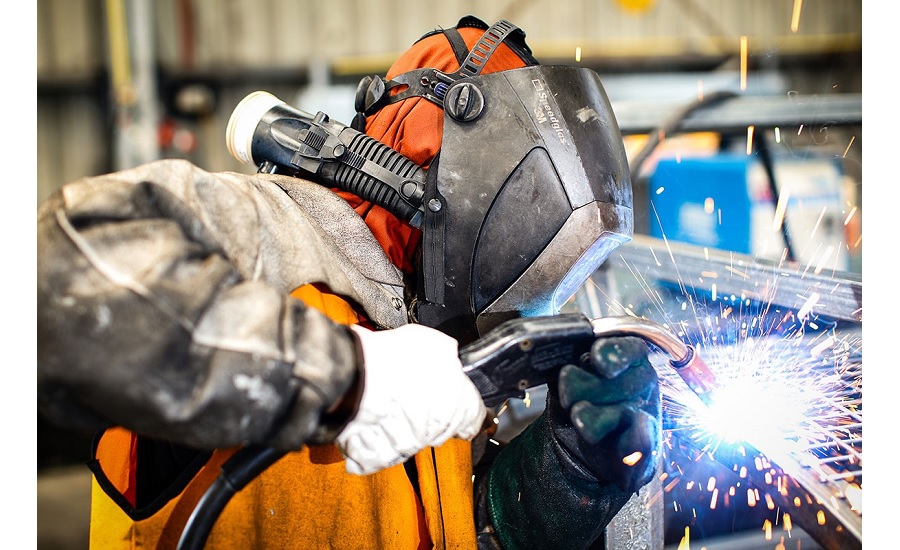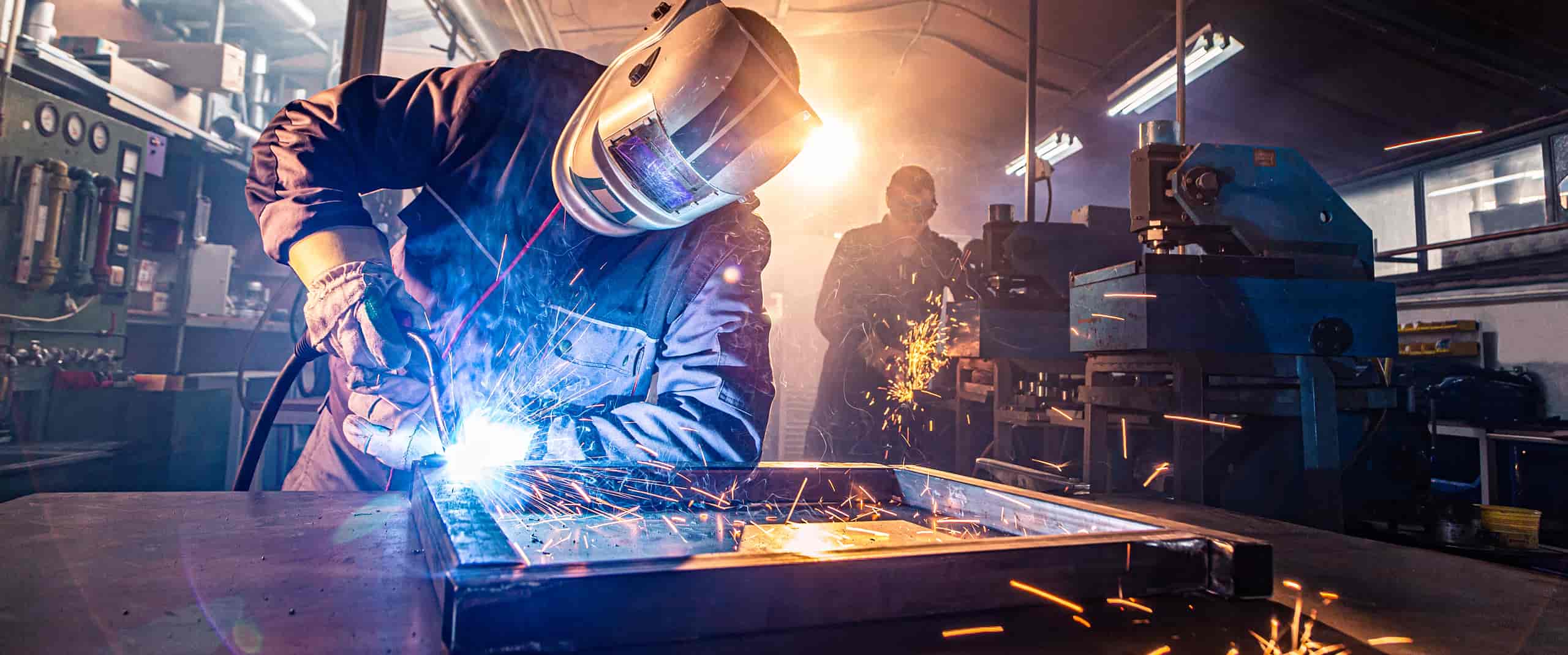The Ultimate Guide to Welding WPS Procedures: A Comprehensive Review for Welders
In the elaborate globe of welding, Welding Treatment Specifications (WPS) act as the foundation of making sure top quality, consistency, and safety and security in welding operations. Recognizing the nuances of developing, executing, and monitoring WPS procedures is necessary for welders looking to raise their craft and meet sector requirements. As we explore the different parts of a WPS and check out the complexities of certification and qualification, we will certainly reveal the important duty these procedures play in the realm of welding. Let's start a journey to untangle the intricacies and value of WPS treatments in welding practices.
Relevance of WPS Procedures
Understanding the relevance of Welding Procedure Specifications (WPS) procedures is essential for making certain the quality and honesty of bonded frameworks. WPS treatments act as a roadmap for welders, laying out the necessary steps, specifications, and materials needed to accomplish a sound weld. By adhering to WPS guidelines, welders can ensure uniformity in their job, resulting in structurally audio and trustworthy welds.
One of the key reasons why WPS procedures are crucial is their role in preserving weld top quality and integrity. Complying with the defined welding specifications and methods laid out in the WPS helps avoid issues such as porosity, breaking, or incomplete fusion, which can jeopardize the stamina and longevity of the weld.

Parts of a WPS
A Welding Procedure Spec (WPS) usually comprises crucial elements that information the certain requirements for carrying out a weld, guaranteeing uniformity and quality in the welding procedure. The key components of a WPS consist of vital variables such as base steels, filler metals, interpass and preheat temperatures, welding procedures, shielding gases, welding positions, and post-weld warm therapy demands.
Base metals refer to the products being signed up with, while filler metals are utilized to fill up the gap in between the base metals during welding. The welding procedure outlines the certain strategy to be used, whether it's gas steel arc welding (GMAW), shielded steel arc welding (SMAW), or another method. Welding placements specify the orientations in which welding can be executed.

Qualification and Accreditation
Having actually established the important components of a Welding Treatment Specification (WPS), the emphasis currently changes in the direction of the important elements of qualification and qualification in welding practices.

Certification, on the other hand, is the official acknowledgment of a welder's credentials by a relevant certification body or organization. Welding qualifications are commonly based upon the certain welding procedures, products, and positions a welder is certified to collaborate with. Holding a valid welding accreditation shows that a welder satisfies sector standards and is experienced to do welding jobs to the needed specs.
Developing a WPS
To create a Welding Procedure Spec (WPS) that satisfies industry criteria, cautious factor to consider of welding procedures, products, and functional specifications is vital. The very first action in producing a WPS is to determine the welding procedure to be made use of, such as gas metal arc welding (GMAW) or secured steel arc welding (SMAW)

Applying and Keeping An Eye On WPS
Upon finalizing the comprehensive Welding Procedure Specification (WPS) that diligently details welding procedures, products, operational specifications, and quality guarantee actions, the focus shifts to successfully implementing and keeping an eye on the established procedures. Application involves guaranteeing that all welders involved in the project recognize with the WPS and follow it meticulously during the welding process. This needs giving adequate training and guidance to guarantee adherence to the specified procedures. Keeping track of the WPS entails continual oversight to verify that welding activities align with the documented specifications. Inspections, testing, and quality assurance measures are vital parts of the surveillance procedure to identify any problems or variances without my explanation delay. Normal audits and testimonials of the welding treatments assist in maintaining consistency and high quality throughout the task. Effective application and tracking of the WPS are critical for guaranteeing the stability, strength, and safety of the welded joints, inevitably adding to the general success of the welding job.
Verdict
In conclusion, understanding and adhering to Welding Treatment Specifications (WPS) is important for welders to make certain quality, uniformity, and safety and security in their work. By knowing the elements of a WPS, getting proper certifications and qualifications, creating detailed treatments, and implementing and monitoring them properly, welders can improve their abilities and proficiency in welding techniques. Sticking to WPS treatments is vital for generating high-grade welds and conference sector requirements.
In the elaborate world of welding, Welding Treatment Specifications (WPS) serve as the foundation of making certain quality, uniformity, and safety in welding operations. The welding process lays out the details technique to be made use of, whether it's gas steel arc Read More Here welding (GMAW), shielded steel arc welding (SMAW), or an additional approach.To develop a Welding Procedure Spec (WPS) that fulfills sector criteria, careful consideration of welding processes, materials, and functional parameters is vital. The very first step in producing a WPS is to identify the welding process to be utilized, such as gas steel arc welding (GMAW) or secured have a peek at this website steel arc welding (SMAW)Upon finalizing the extensive Welding Treatment Requirements (WPS) that diligently information welding procedures, products, functional parameters, and quality assurance steps, the focus changes to effectively implementing and monitoring the established procedures.